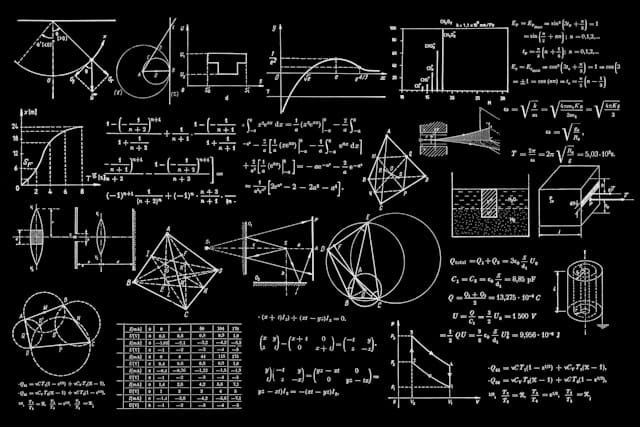What is Butterfly Effect

You've probably heard of the Butterfly Effect. It basically says that if a butterfly flaps its wings on one continent, the resulting effect can cause a hurricane on another continent. But this is not a very accurate explanation of the Butterfly Effect. We all know Newton's laws of physics, and then Albert Einstein was able to further refine them with his general theory of relativity. So, using these physical laws, we can calculate the paths of not only planets, stars, but also galaxies with great accuracy. We're able to do this because gravity affects all of these things, and because each of these systems is very finely tuned.

There was a professor at MIT named Edward Norton Lorenz. In the 1960s, he ran a simulation. His goal was to use this simulation to identify patterns in the weather. But he had to use a computer with very little processing power at the time.
So when Professor Lorenz ran this simulation, he gave it data accurate to six decimal places. But to improve its performance a little, he had to reduce the number of decimal places to three when he ran this simulation for the second time. We all know that if you change the input slightly, the output also changes slightly, so Professor Lorenz thought this simulation would work that way too.
But here's where something a little strange happened. Because of these three decimal places, the second simulation was so different from the first that it was impossible to compare it to the first simulation. But in any case, the atmosphere on Earth also works according to the laws of physics that we currently know. But this experiment showed that the laws of physics cannot be applied directly to such a complex system. So the latest mathematical techniques were needed for that task. That's how Chaos Theory begins.

What is Chaos Theory
So, Chaos Theory says that if we make a very small change in a very large and complex system, that small change can cause a huge change throughout the system that we cannot even imagine. We call this Sensitive Dependence On Initial Conditions. However, this does not mean that large, complex systems behave in a way that defies the laws of physics. There are many variables here, and many dependencies.
So we can never finish calculating them. So scientists at that time thought that if we could understand all the physical laws of this universe, we could use them to calculate everything else in this universe. But Chaos Theory proved that the task is not that easy.
Because although our solar system and galaxies are very orderly, the entire universe is a very large and complex system, so a small change in one place can cause a huge change throughout the entire universe that we cannot even imagine.

Chaos Theory and Astrology
We all know that many Eastern countries use things like astrology to predict the future. So sometimes this astrology work may be based on this Chaos Theory. So anyway, Chaos Theory doesn't say that large, complex systems operate completely randomly. It just says that we can't calculate everything in them. But we can make some guesses here.

When listening to the morning weather report, we often hear that thunderstorms or heavy rain are likely to occur in the morning or afternoon. So now you can understand why this weather report is like this. So using this chaos theory, we can use this to calculate not only the weather but also how people in a company or a city or a country behave.
Read more - Chaos Theory and Astrology
Politicians also use Chaos Theory very cleverly to plan their election campaigns. Not only that, it has also been possible to calculate the probability of a married couple getting divorced using Chaos Theory. Also, the accuracy of these predictions has reached a high value of 87 percent.

So now you all understand that Chaos Theory is a mathematical method used to predict some pattern in a very large, complex system where no pattern can be found. But even a small change in this system can completely throw off our predictions. So in the 1960s, Professor Lorenz charted the simulation he created to build Chaos Theory. What you saw on that graph was an image of a butterfly. So now you all understand how this Chaos Theory got the name Butterfly Effect. But at the same time, you will be able to understand that this Chaos Theory has nothing to do with butterflies.